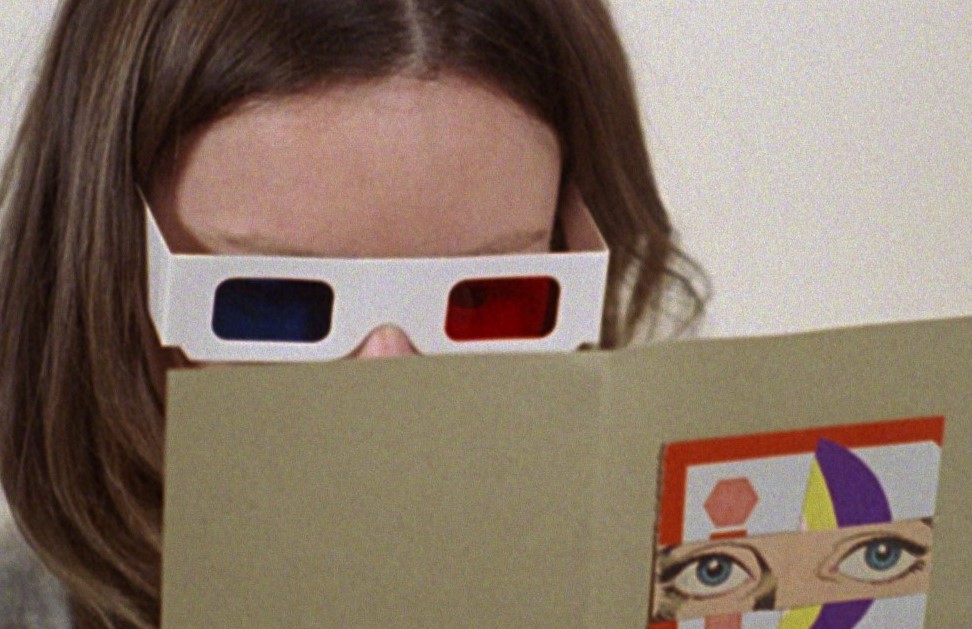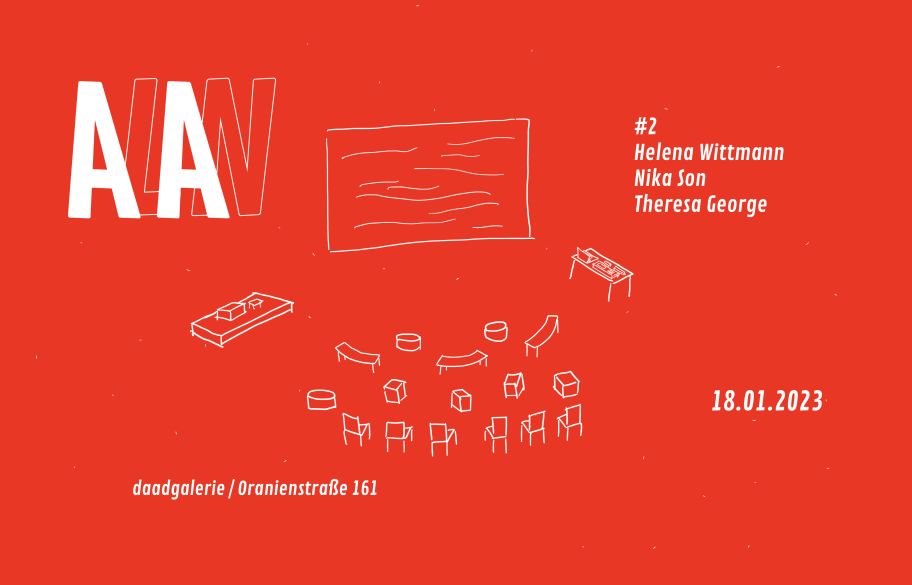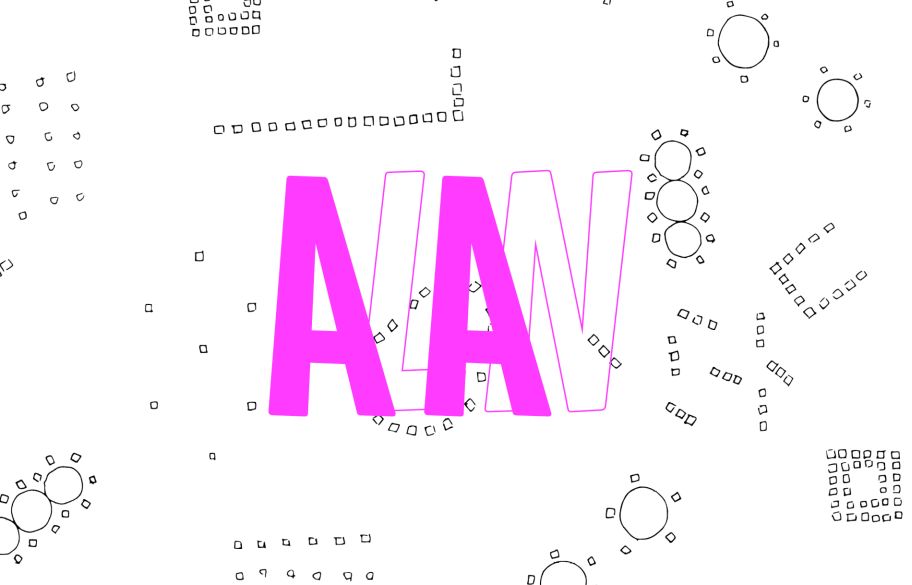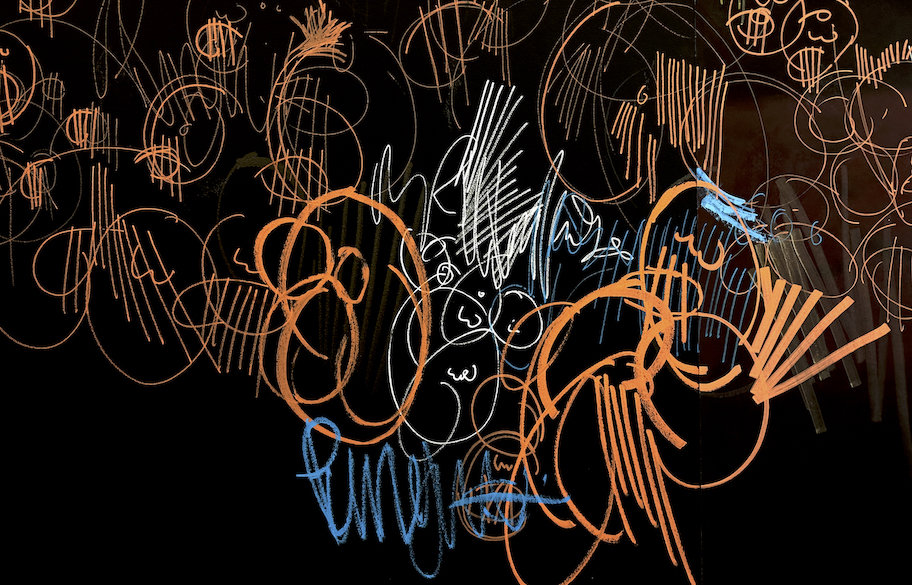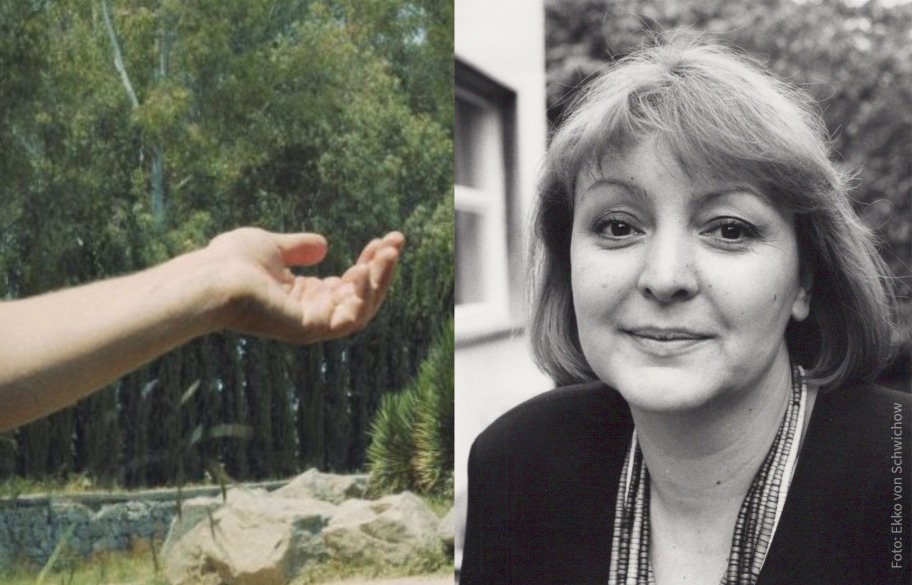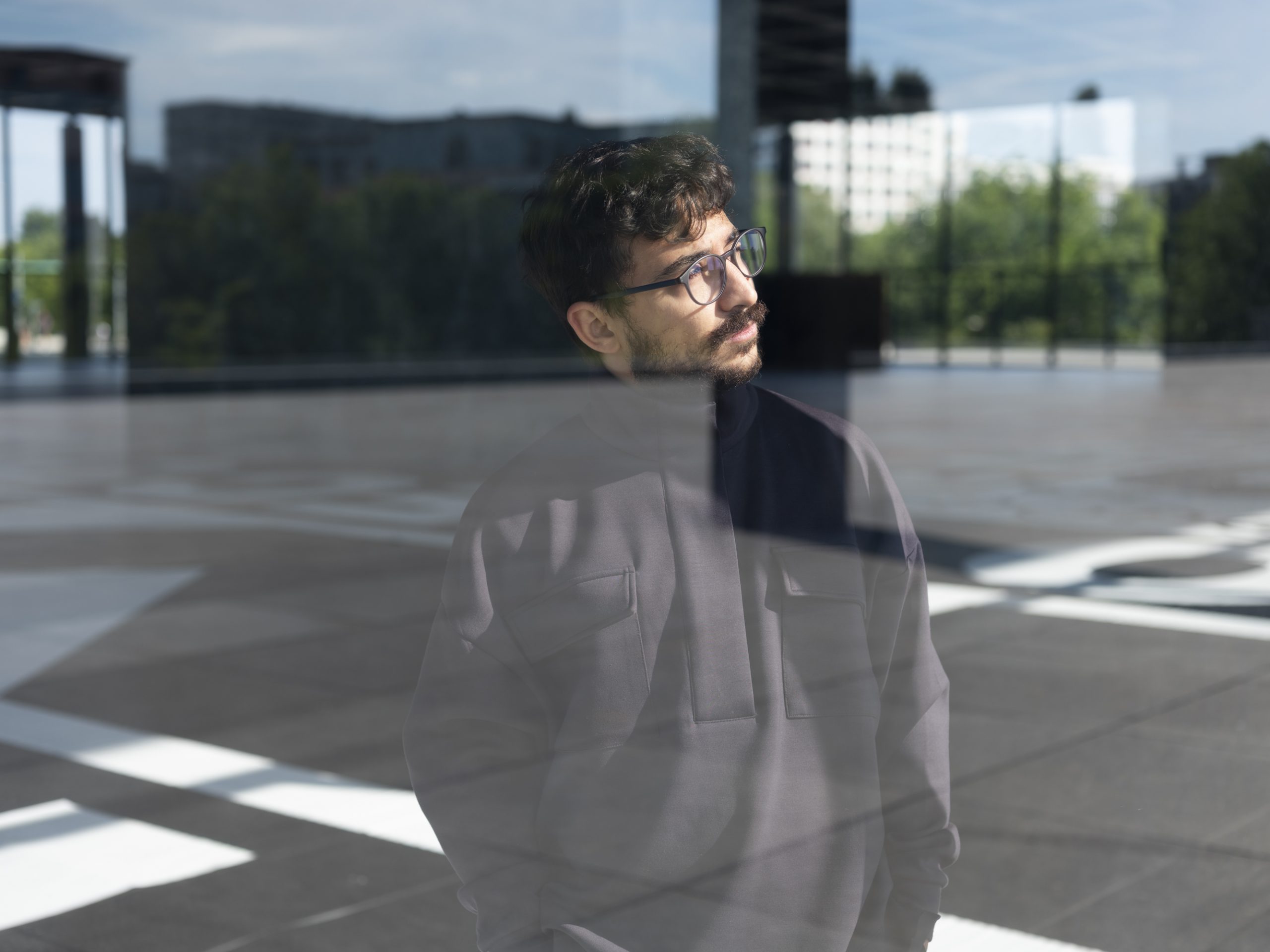Turkey, Film, 2022
Burak
Çevik
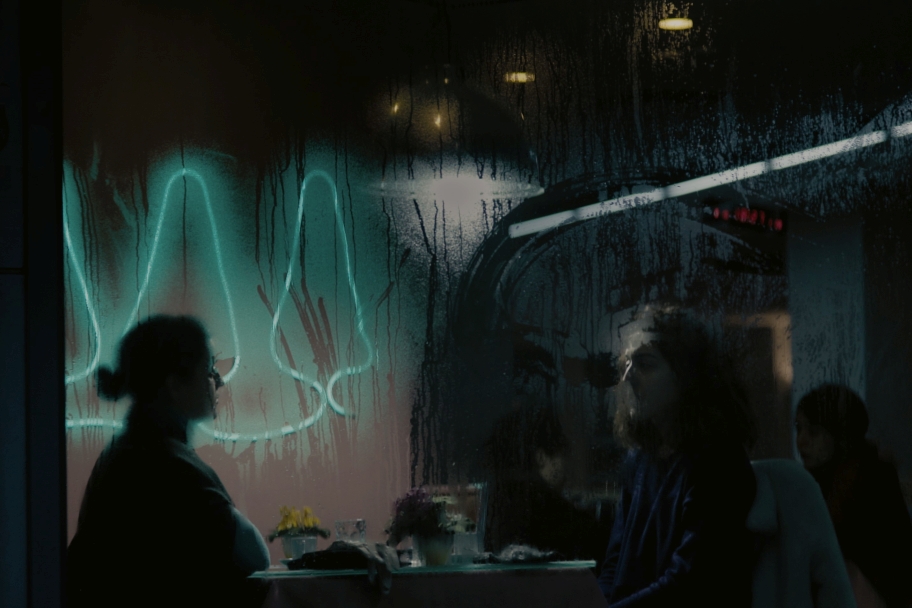
Turkish filmmaker Burak Çevik’s work interrogates representation itself. His first feature, The Pillar of Salt (2018) is a disorienting tale of near-mythic conundrums about a pregnant woman whose search for her vanished sister yields an enchanting and strange passage through landscapes marked by indelible scenes: a camera swirling around a large bathtub where the protagonist routinely soaks alongside her doppelganger in her cave-like abode –an image that is at once seductive, dizzying and confounding—, a terrific, out-of-nowhere table tennis scene that borders on the hypnotic, and other unforgettable mise-en-scènes composed of creative geography that double as psychic mapping.
Belonging, his international breakthrough is a taut and stylish play on noir, which radically upends spectatorial expectations, forcing the viewers to confront contradictions lurking among us. With its first part owing much to landscape theory in which spaces inhere more than simply their own suggestive power, and the second section a reset in a deceptively romantic key, Belonging (2019) is a work of formal and conceptual sleight of hand flush with atmosphere and visual flair. Its chilling twice-told tale delineates spaces of anticipation, its procedural adhering not to the traditional tools of narrative storytelling, rather one of knowing, formal disruption. That the real life crime was inspired by a family tragedy reveals Çevik’s willingness to cleave close to one’s own experience.
The title of his medium-length video, Topography of Memory (2019) could serve as apt descriptor for Çevik’s filmography-to-date. In this quietly unnerving work (which nevertheless includes traces of the filmmaker’s humour), audio of a family voting in the heated June 2015 Turkish General Elections is layered over CCTV footage of dawn in a seemingly placid Istanbul, the morning after. Yet the scenes are imbued with both past and future knowledge, sites onto which are projected hope, but also fear of a repressive regime.
It’s thus unsurprising that Çevik was then drawn to the rigour and singularity of Jean-Marie Straub and Danièle Huillet’s 1984 Klassenverhältnisse, which is loosely based on Kafka’s unfinished novel Amerika. Exquisitely shot in 35mm black and white by legendary director of photography William Lubtschansky, Straub/Huillet’s film is precise and materialist – its objects and architecture on equal footing with its actors, even though the former are German stand-ins for America. While Cursed by Specters (2020) is a found footage intervention in which the actors are excized in order to further expose the non-hierarchical nature of the film’s language and structure, but also the power of absence, metonym, visual recall and pattern reformation. Çevik, in his practice of seeing, taking notes, reframing, re-ordering, creating but also breaking patterns of recognition, has evinced an interest in liminal spaces as regenerative, where memory, even if it falters, can create something new: an intriguing way forward. It’s little wonder the project he’s working on now is titled Forms of Forgetting.
Text: Andréa Picard
Tuzdan Kaide
(Feature film, 2018)
A Topography of Memory
(Video work, 2019)
Aidiyet
(Feature film, 2019)
While Cursed by Specters
(Video work, 2020)
A Woman Escapes
(Feature film, 2022, co-directed with Sofia Bohdanowicz and Blake Williams)


